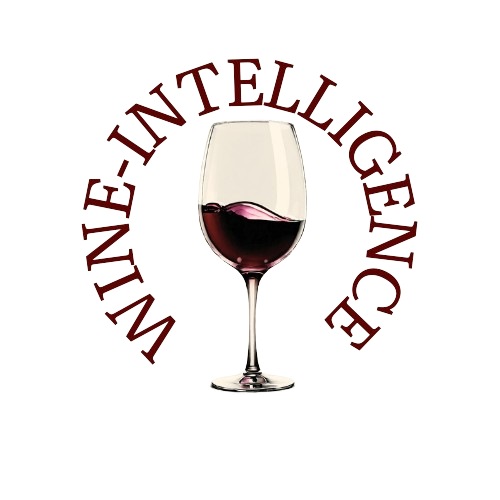The Italian wine sector faced a challenging 2024 in the large-scale retail distribution market.
According to Circana data analyzed by WineNews, the year ended with declines in volume across all wine categories, particularly in the ordinary wine segment. Although there was a marginal increase in value (+0.8%), this was largely attributed to inflationary pressures rather than genuine market growth. Let’s delve into the key trends and figures that shaped the year.
Volume Declines Across the Board
Sales volumes for wine in Italian hypermarkets, supermarkets, and small self-service stores dropped by 3.4% compared to 2023, settling at 436.4 million liters. Despite this, the overall revenue remained stable at EUR 1.9 billion. However, this stability masks the inflation-driven rise in value, indicating a deeper issue of declining consumption.
DOC and DOCG Wines Lead the Market
The DOC (Denominazione di Origine Controllata) and DOCG (Denominazione di Origine Controllata e Garantita) categories retained their position as the qualitative and financial backbone of the Italian wine market. These wines accounted for the lion’s share, with a revenue of EUR 1.05 billion, representing 55% of total market value. Although volumes in this segment decreased slightly by 2.5% to 161.6 million liters, the segment grew by 0.6% in value, underscoring its premium appeal.
Ordinary Wines Suffer the Most
Ordinary wines, which still constitute a significant 35.5% of total wine sales by volume, experienced the steepest decline. Volumes dropped by 5.9% to 155.8 million liters, while the value decreased slightly by 0.5%. These figures reflect the growing consumer preference for higher-quality wines and the impact of economic uncertainty on lower-priced categories.
IGT Wines Show Resilience
Indicazione Geografica Tipica (IGT) wines fared comparatively well, with only a minor dip in volume (-1%) to 111.6 million liters. Interestingly, this segment achieved a 2.2% increase in value, reaching EUR 498.4 million. This demonstrates that consumers are willing to pay a premium for mid-tier wines with strong regional identities.
Decline in Dessert and Fortified Wines
Italian dessert and fortified wines continued their downward trajectory. Sales volumes plummeted by 6.1%, equating to just 3.2 million bottles, while their value fell by 4.4% to EUR 28.1 million. These wines now occupy an increasingly marginal role in the market.
Foreign Wines on the Rise
While still representing a small fraction of the market, foreign wines exhibited notable growth. Sales volumes increased by 4.7% to 2.8 million bottles, and their value grew by 5.5% to EUR 19.2 million. This suggests an emerging interest in international wine offerings among Italian consumers.
Distribution Channels and Regional Breakdown
Supermarkets dominated the retail wine market, accounting for over 73% of sales by both volume (320.9 million bottles) and value (€1.4 billion). In terms of geographical distribution, the North-East of Italy led the way, contributing 33.5% of the volume and 35% of the value. Central Italy, including Sardinia, followed with 28% of the volume and 30% of the value.
Market Concentration
The Italian wine market remains highly concentrated, with the top three players—Caviro, Cantine Riunite & Civ, and Gruppo Italiano Vini (GIV)—collectively accounting for 11.3% of the market’s value. This highlights the significant influence of large cooperative groups and conglomerates in shaping market dynamics.
Source: WineNews

